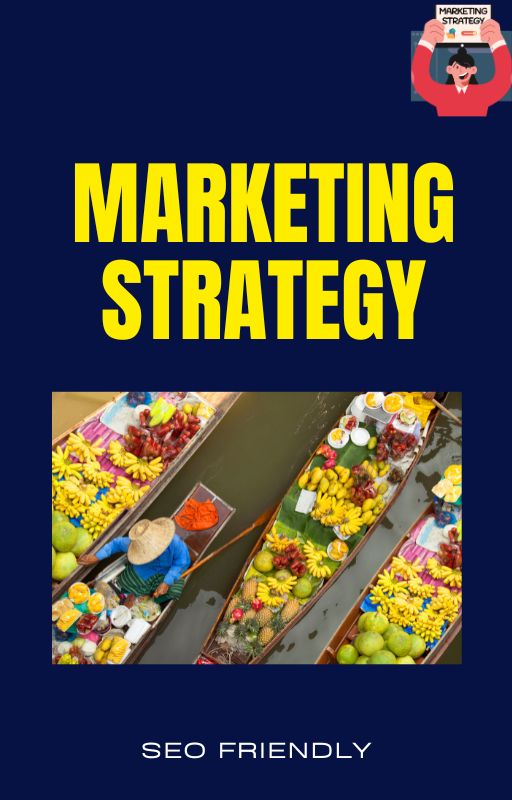E-commerce SEO experts
In the competitive realm of online retail, E-commerce SEO experts play a pivotal role in enhancing a brand’s visibility, driving organic traffic, and boosting conversions. With the digital marketplace becoming increasingly saturated, having a strategic SEO approach is essential for e-commerce success.
1. Understanding E-commerce SEO
E-commerce SEO involves optimizing online stores to rank higher in search engine results pages (SERPs). This encompasses various strategies, including keyword research, on-page optimization, technical SEO, and content marketing, all tailored to improve a website’s visibility and user experience.
2. Keyword Research: The Foundation of SEO
Effective keyword research is crucial for identifying the terms potential customers use when searching for products. Focusing on long-tail keywords—specific phrases with lower competition—can attract more qualified traffic. For instance, instead of targeting “running shoes,” an e-commerce site might focus on “men’s trail running shoes size 10.” Tools like Google Keyword Planner and SEMrush can assist in uncovering these valuable keywords.
3. On-Page Optimization: Enhancing Product Pages
Optimizing individual product pages ensures that search engines and users can easily understand the content. Key elements include:
Title Tags and Meta Descriptions: Craft unique and descriptive titles and meta descriptions incorporating target keywords.
Product Descriptions: Write original, detailed descriptions highlighting product features and benefits.
Image Optimization: Use high-quality images with descriptive file names and alt text to improve visibility in image searches.
URL Structure: Create clean, keyword-rich URLs that reflect the product hierarchy.
4. Technical SEO: Building a Solid Infrastructure
Technical SEO ensures that a website is accessible and indexable by search engines. Important considerations include:
Site Speed: Optimize loading times to enhance user experience and reduce bounce rates.
Mobile Responsiveness: Ensure the website functions seamlessly across all devices.
Secure Sockets Layer (SSL): Implement HTTPS to secure user data and improve trust.
Structured Data: Use schema markup to provide search engines with detailed information about products, such as price, availability, and reviews.
5. Content Marketing: Engaging and Informative
Creating valuable content helps attract and retain customers. Strategies include:
Blog Posts: Publish articles addressing customer questions, product comparisons, and industry trends.
Buying Guides: Develop comprehensive guides to assist customers in making informed purchasing decisions.
User-Generated Content: Encourage reviews and testimonials to build trust and provide fresh content.
6. Link Building: Establishing Authority
Acquiring high-quality backlinks signals to search engines that your website is trustworthy. Tactics include:
Guest Blogging: Contribute articles to reputable industry websites.
Influencer Collaborations: Partner with influencers to reach broader audiences and gain backlinks.
Broken Link Building: Identify broken links on other sites and suggest your content as a replacement.
7. User Experience (UX): Enhancing Customer Satisfaction
A positive UX encourages visitors to stay longer and convert. Focus on:
Intuitive Navigation: Design clear menus and categories to help users find products easily.
Search Functionality: Implement a robust search feature with filters to refine results.
Clear Calls-to-Action (CTAs): Use compelling CTAs to guide users toward desired actions
8. Monitoring and Analytics: Measuring Success
Regularly analyzing website performance helps identify areas for improvement. Utilize tools like:
Google Analytics: Track user behavior, traffic sources, and conversion rates.
Google Search Console: Monitor indexing status and identify crawl errors.
SEO Auditing Tools: Use platforms like Ahrefs or Moz to assess backlink profiles and keyword rankings.

